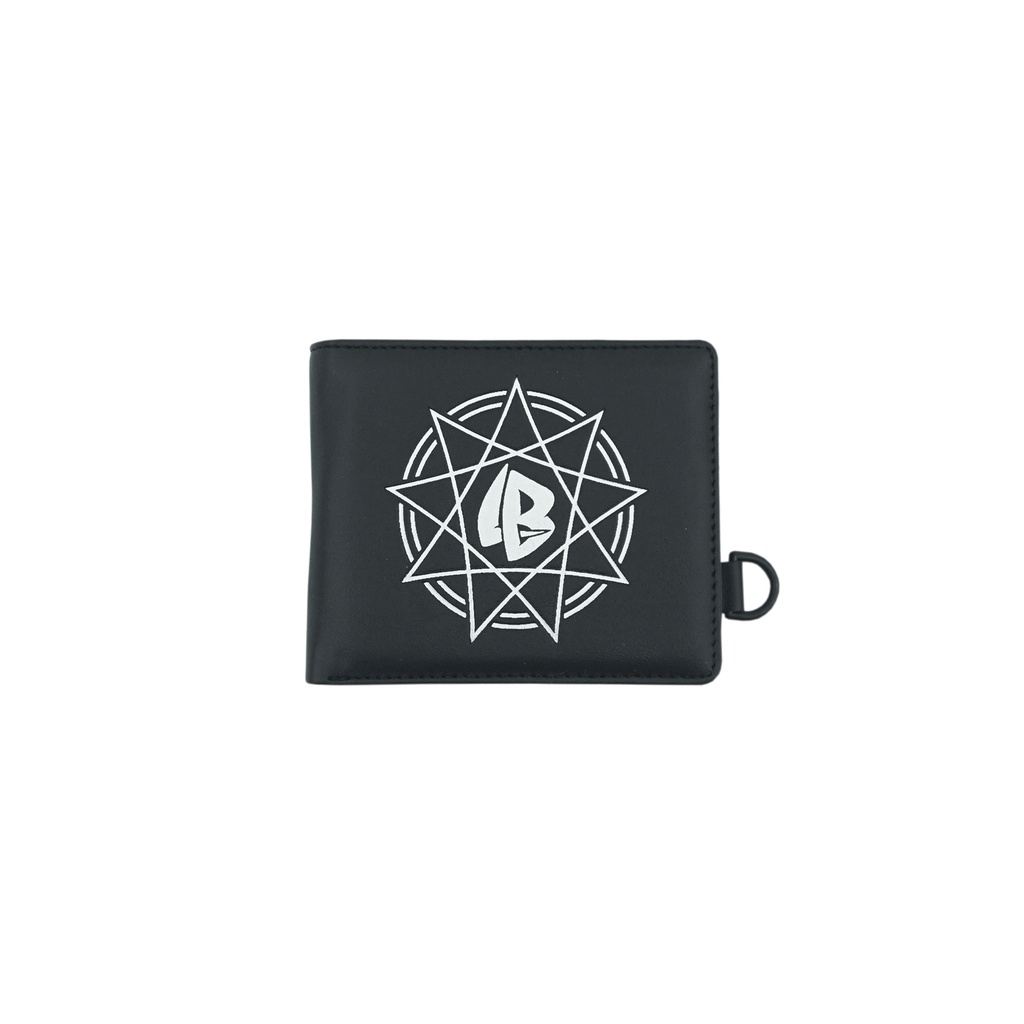Methyls are a class of organic compounds that contain the chemical group CH3, known as a methyl group. Methyl groups can be found in nature, but they are also produced synthetically. Methyl groups are important in many industrial processes and are used in the manufacture of pharmaceuticals, plastics, and other products.
Methyl groups have a distinctive structure: they consist of one carbon atom bonded to three hydrogen atoms. The carbon atom is sp3-hybridized, meaning that it has four bonds arranged tetrahedrally around it. The methyl group is polar because the electronegativity of the carbon atom is greater than that of the hydrogen atoms. This causes the electron clouds around the atoms to be unevenly distributed, with more electrons around the carbonatom than around the hydrogens. As a result, the methyl group has a partial negative charge (δ-) on the carbon atom and partial positive charges (δ+) on the hydrogens.
The polarity of methyl groups gives them several important chemical properties. For example, methyl groups can form strong bonds with other molecules through hydrogen bonding. They can also participate in dipole-dipole interactions and London dispersion forces. In addition, methyl groups can interact with each other to produce synergistic effects; this phenomenon is known as “methyl bridging”.
Methyl groups are found in a variety of natural compounds, including amino acids, nucleotides, lipids, and carbohydrates. They are also present in many synthetic chemicals, such as drugs and pesticides. Methylation is a process by which methyl groups are added to molecules; this can occur naturally or be done artificially using enzymes or chemicals


